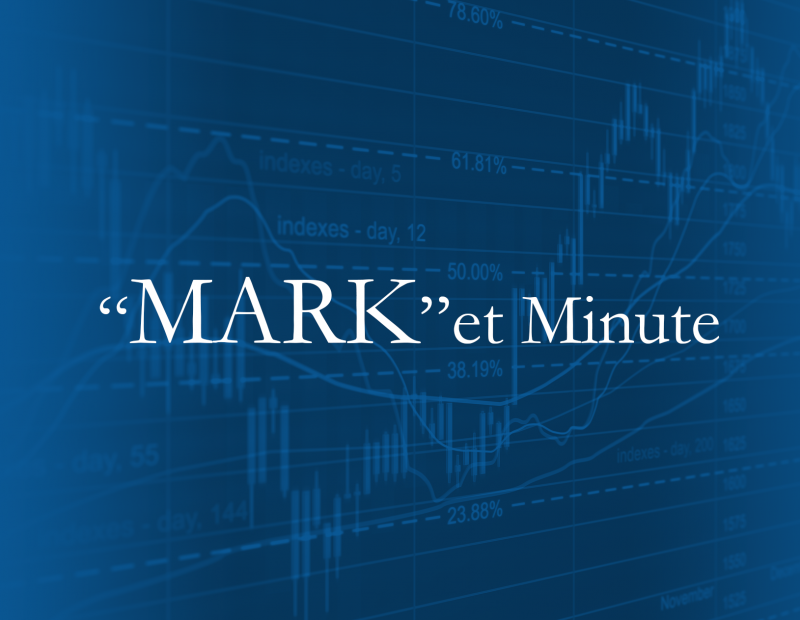Investment Commentary – May 13, 2015
Dow – 18,060.49 (5/13/15 close)
S&P 500 – 2,098.48 (5/13/15 close)
10-year Treasury – 2.28% (5/13/15 close)
- Last week demonstrated how equities and bonds have been mired in a meaningful rise in volatility, a shift partly driven by the recent tick higher in bond yields.
- The yield on the 10-year Treasury rose from 1.87% on 4/1/15 to 2.28% on 5/13/15.
(21.93% increase)
- The climate of globally low interest rates, low inflation, and modest global economic improvement remains generally favorable for stocks.
- The April jobs report met expectations for job growth. Nonfarm payrolls rose by 223,000, and the unemployment rate moved slightly lower to 5.4%. The mildness of the wage gain, a healthy 166,000 increase in the labor force and the fact that payroll job gains for March were revised down sharply moderate the report. Still, on balance, the report showed further signs of labor market improvement.
- The Fed is tasked with monitoring both employment and inflation trends in the U.S. when determining monetary policy. Wage inflation is a major determinant of core inflation pressures (which exclude food and energy prices), making it a critical consideration for the Fed policy outlook. While inflation pressures remain soft, analysts believe the outlook is for rising wage inflation to push up core inflation over the next 12 months. Analysts expect the Fed to respond by hiking interest rates later this year, but to proceed with a gradual pace of tightening.
- Analysts believe wage growth will likely accelerate modestly over the course of the next year but not become rapid. Wage inflation can be a double-edged sword—tends to boost consumer spending but can also be primary driver of inflation throughout the broader economy. The pace of wage growth will be a key factor affecting the trajectory of Fed monetary policy, corporate earnings, and the U.S. economy’s shift to the late-cycle phase.
- Most European economies are gaining cyclical traction, led by Germany, Spain, Italy, and France. The primary drivers have been improving credit and monetary conditions underpinned by the European Central Bank’s (ECB’s) quantitative easing program and a significant rise in credit demand.
- While the market continues to sort through the positive and negative impacts of lower energy prices, the risk-rewards that analysts see in the energy sector are more attractive than what they see elsewhere in the market.
- Analysts like the integrated oil companies.
- Analysts like select European companies.
The views presented are not intended to be relied on as a forecast, research or investment advice and are the opinions of the sources cited and are subject to change based on subsequent developments. They are not a recommendation, offer or solicitation to buy or sell any securities or to adopt any investment strategy.
Disclosures:
https://www.jpmorganfunds.com/cm/Satellite?pagename=jpmfVanityWrapper&UserFriendlyURL=contentdet_module&smID=1159383786125
https://advisor.fidelity.com/app/literature/item/9862075.html
https://www.blackrock.com/investing/insights/weekly-commentary

